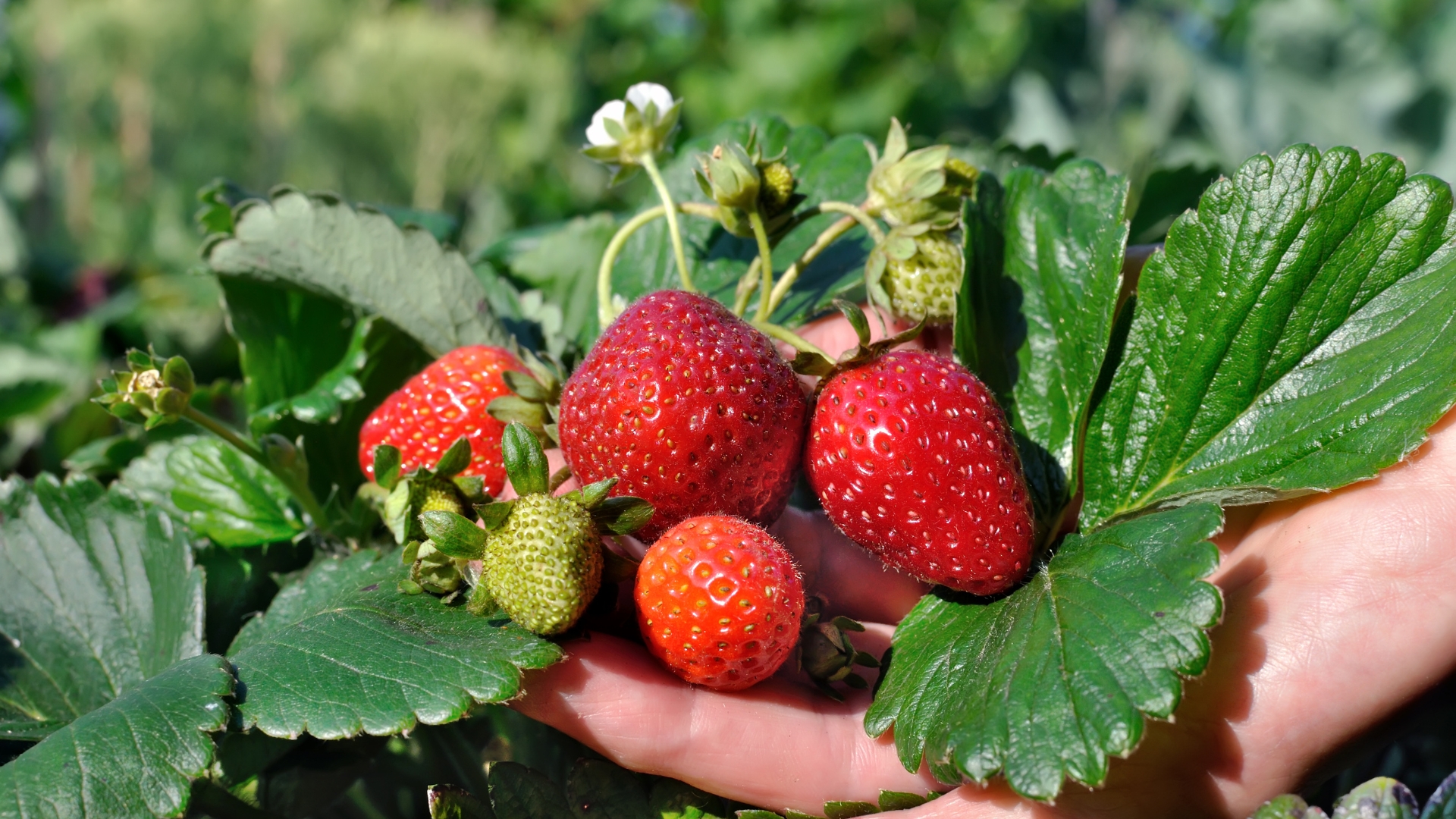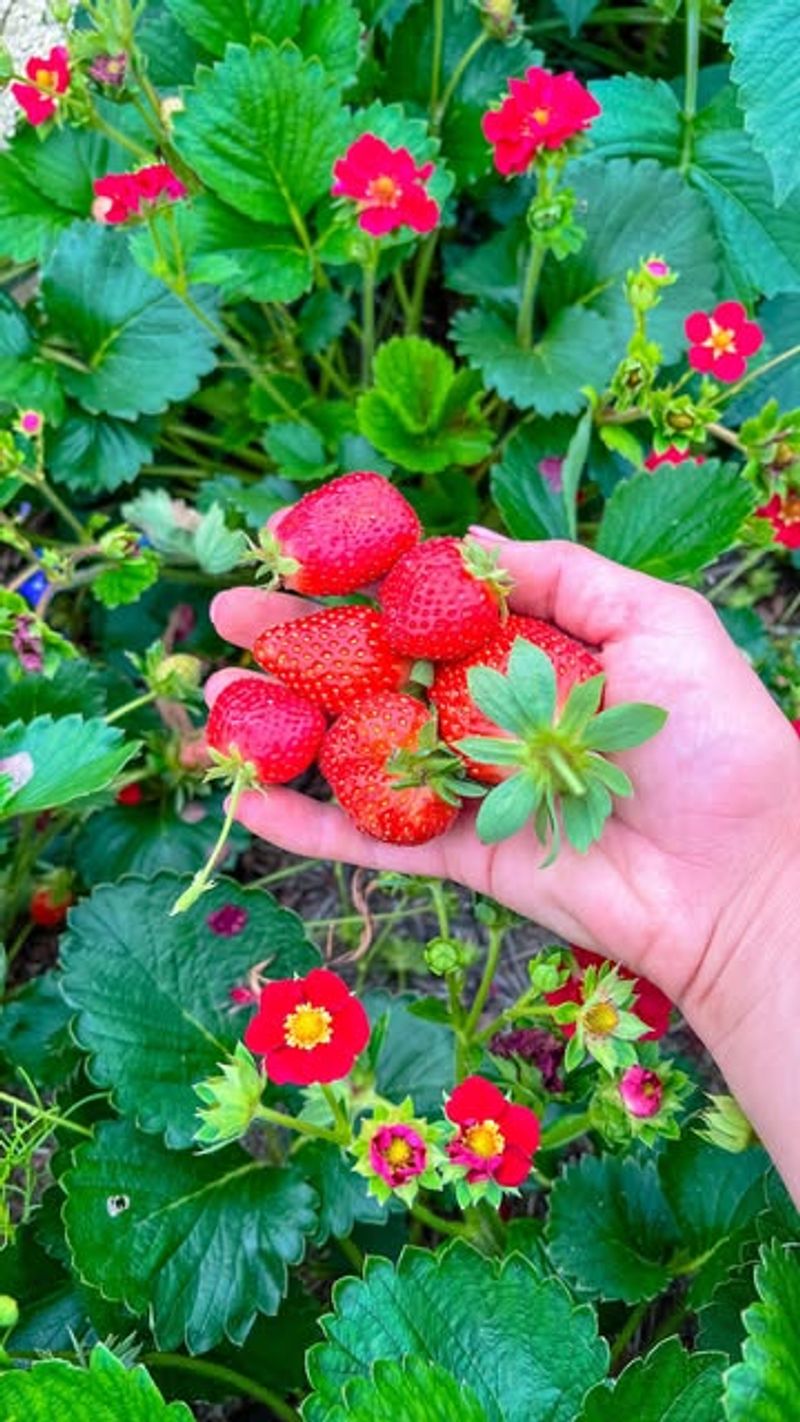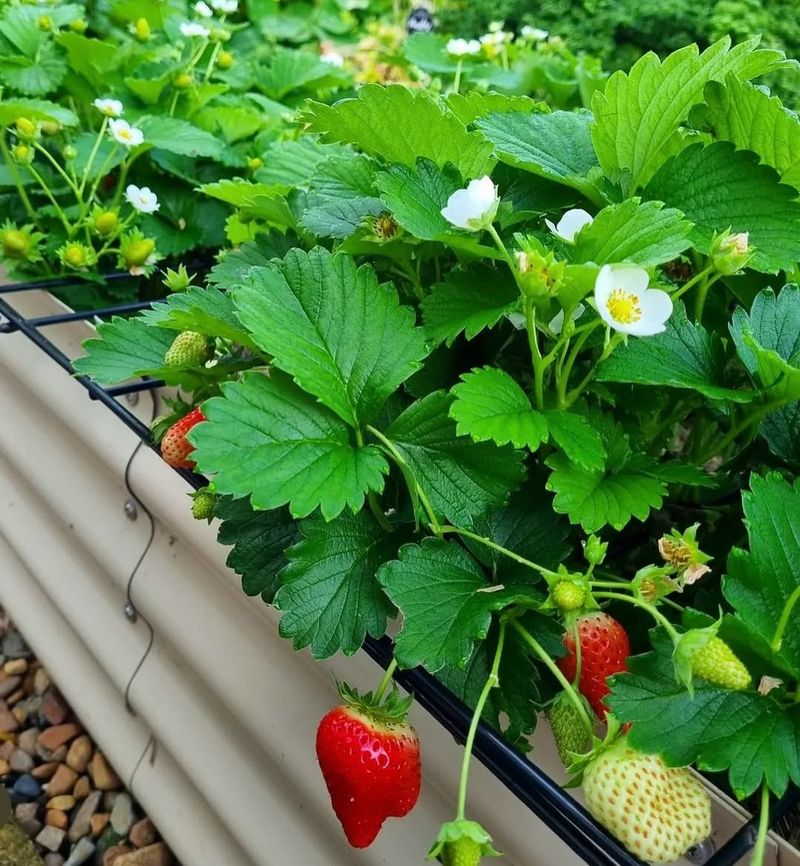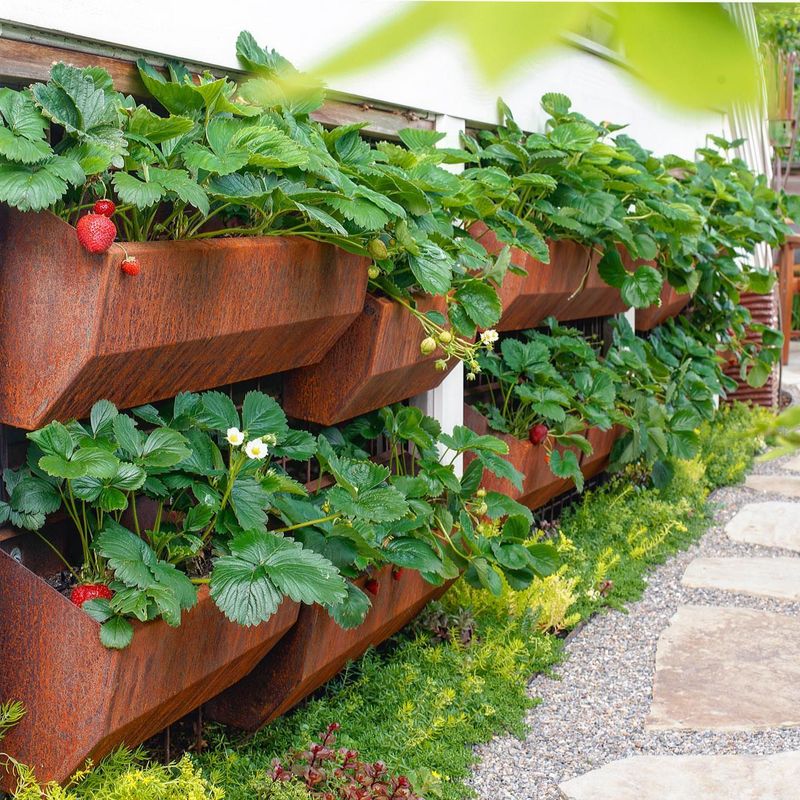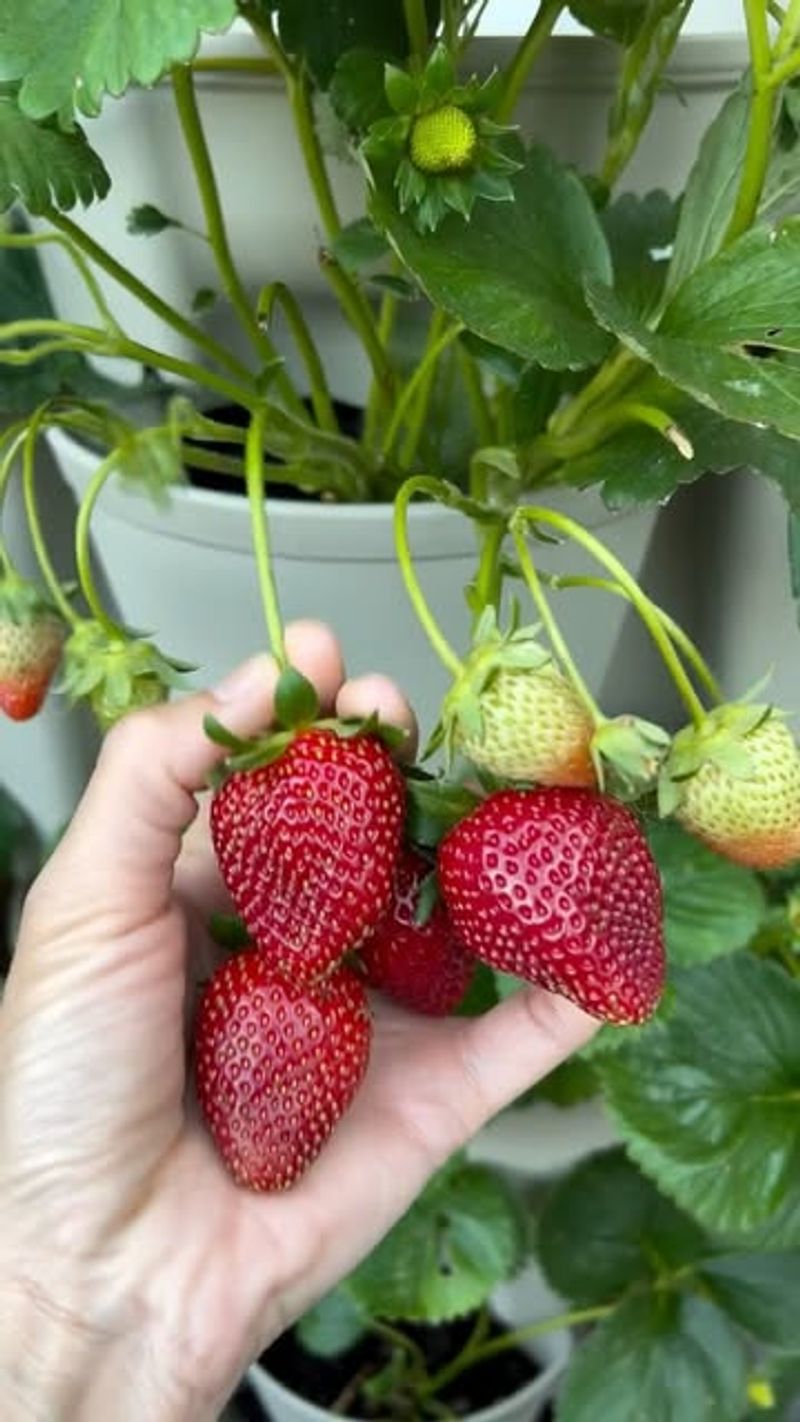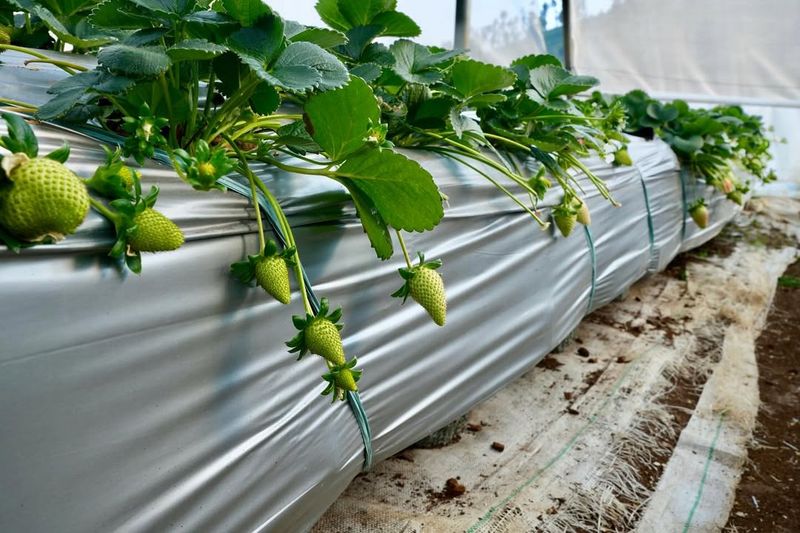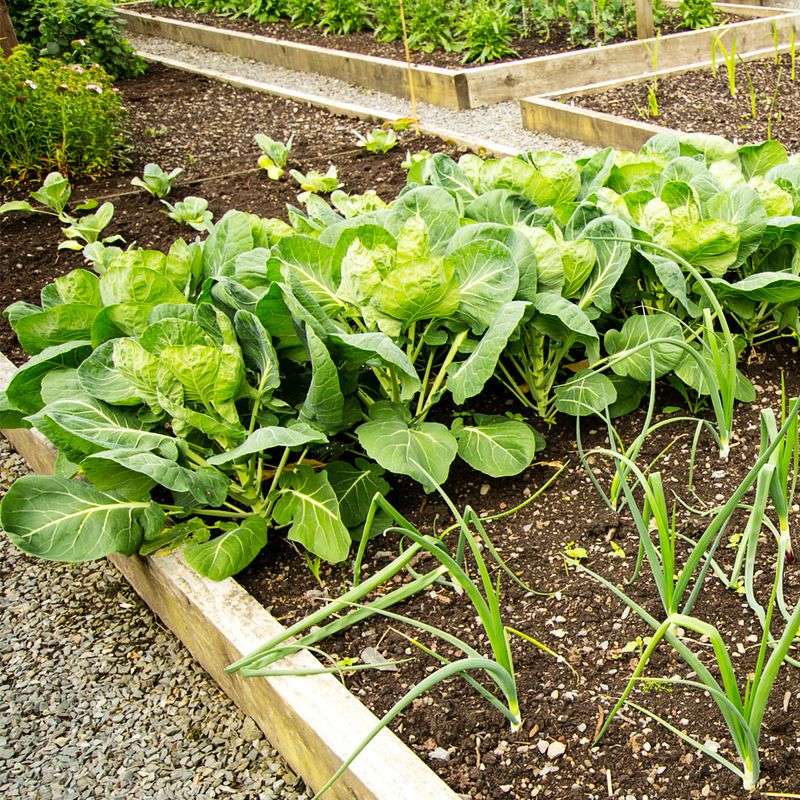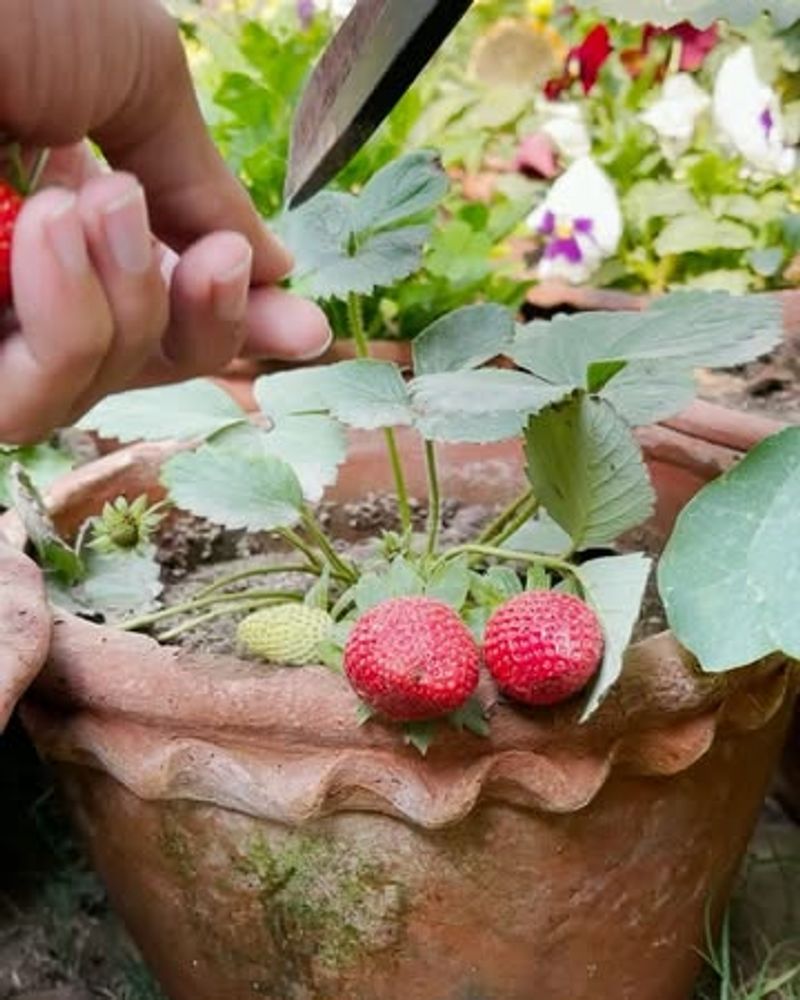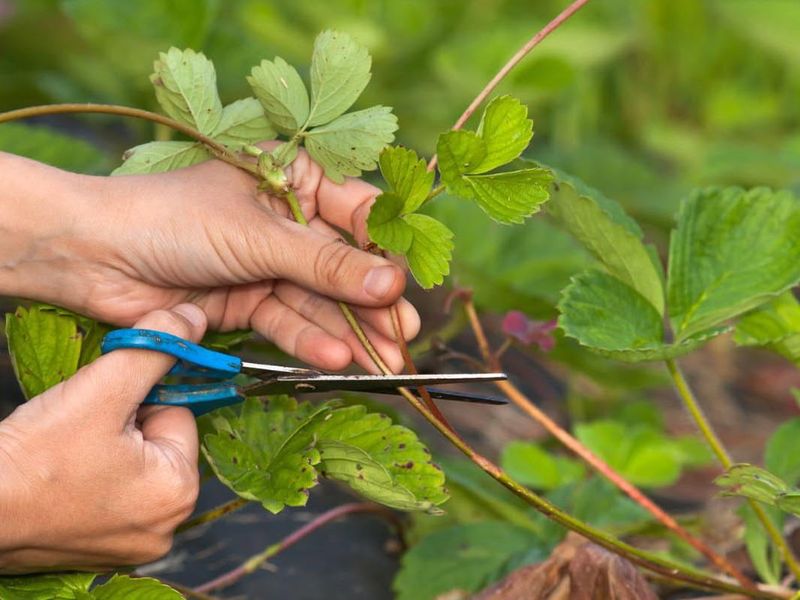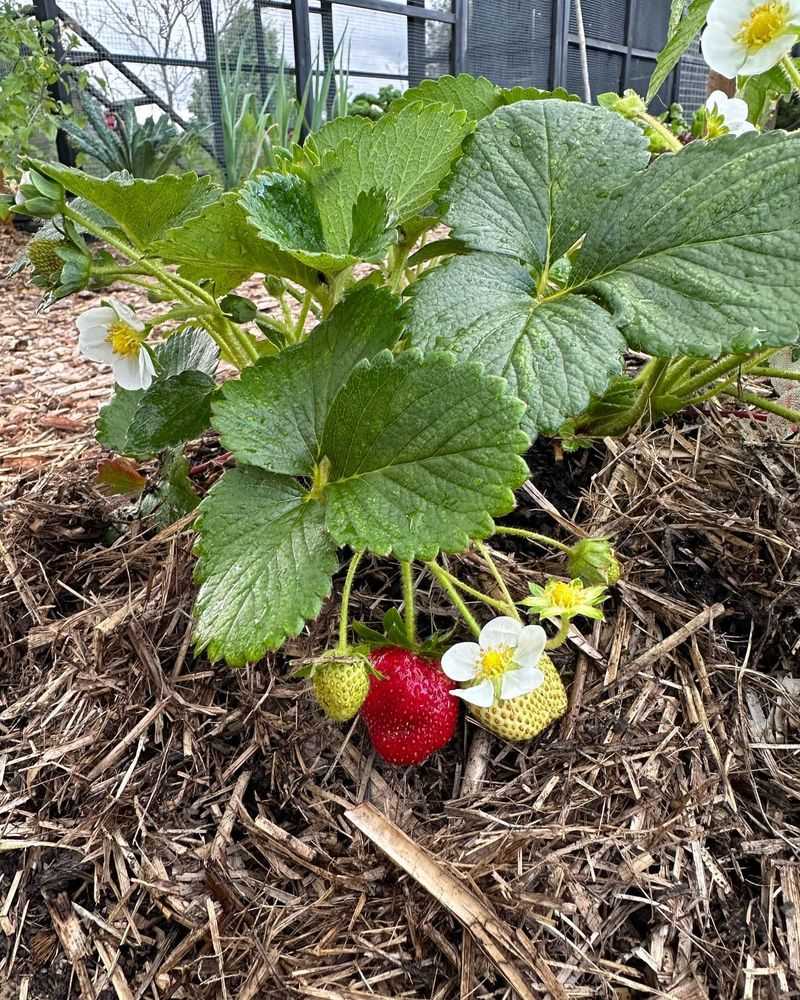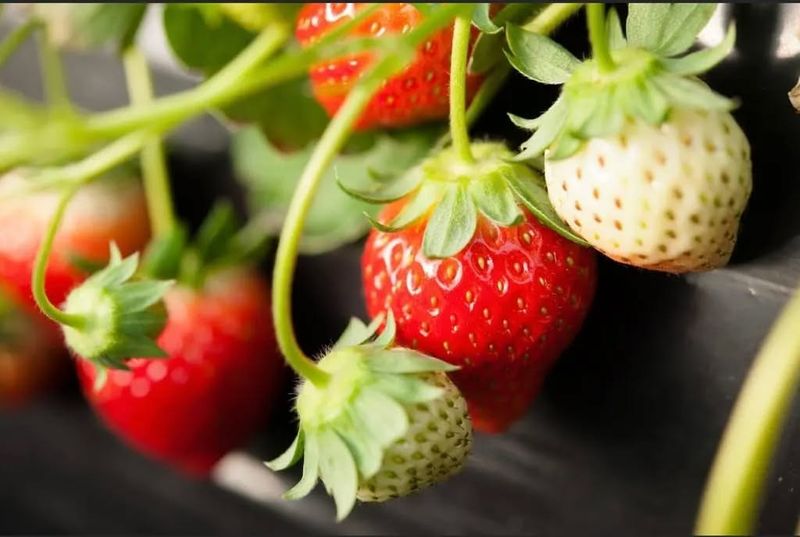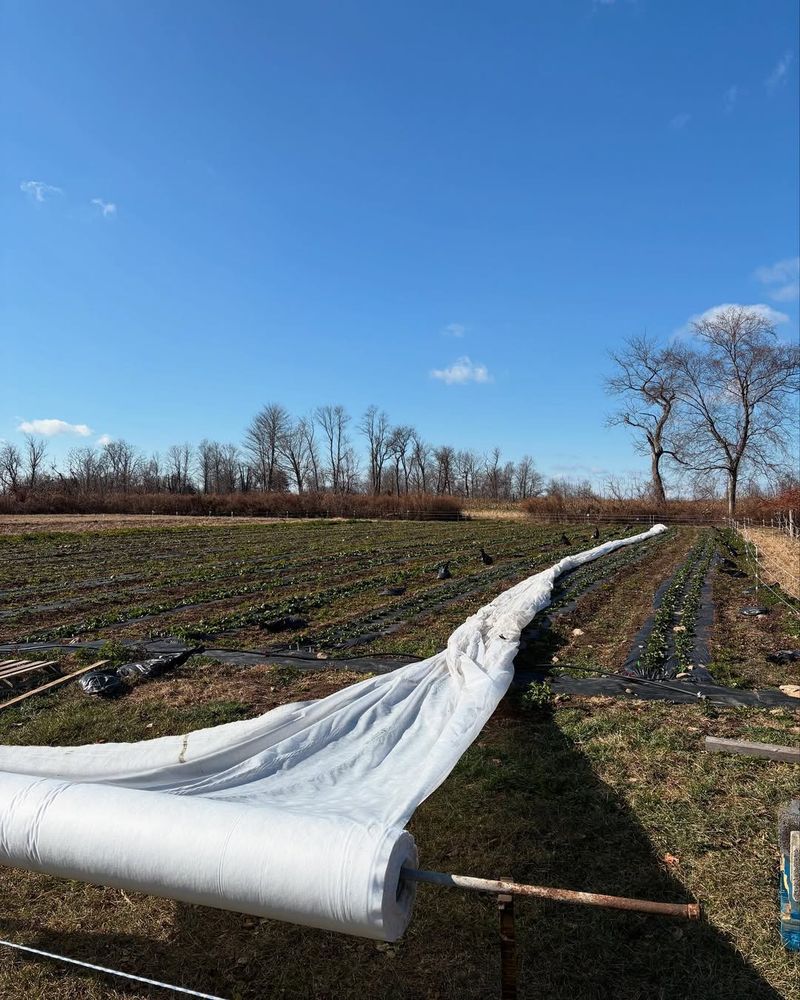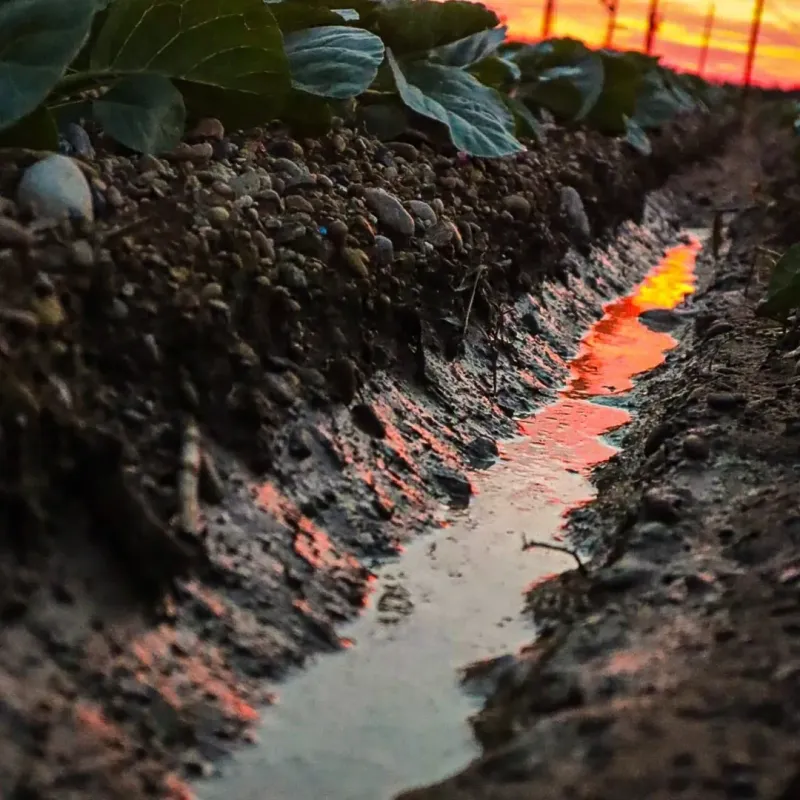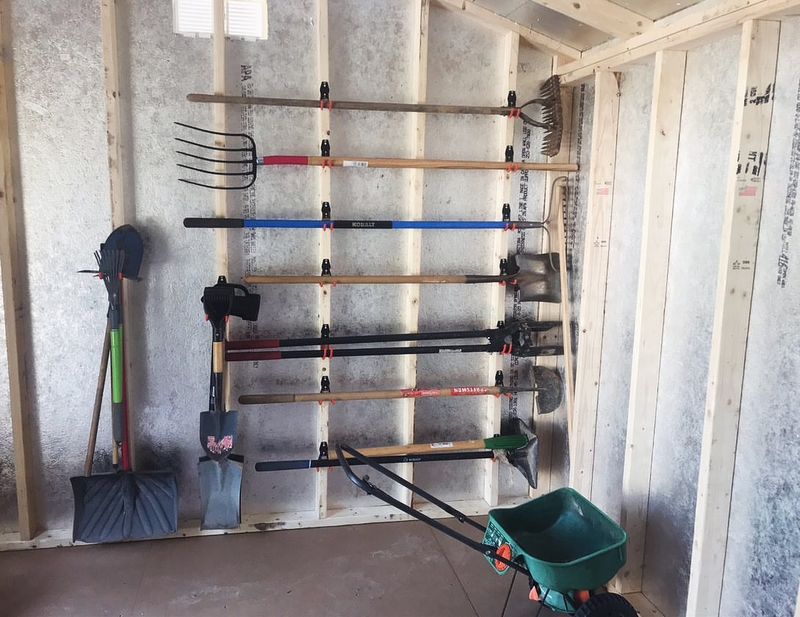Planting strawberries can be an exciting adventure, but it’s easy to trip over common pitfalls. Many people unknowingly make mistakes that hinder their strawberry plants from thriving. Understanding these errors and learning how to avoid them can lead to a fruitful harvest that’s both delicious and rewarding.
1. Choosing the Wrong Variety
Selecting the right strawberry variety is crucial. Different types thrive in varying climates and conditions, and choosing the wrong one could mean poor growth and disappointing harvests.
Consider your local climate and research which varieties are best suited to your region. Visit nearby nurseries or chat with experienced gardeners to get trusted recommendations.
Also, think about your gardening goals—some varieties are better for fresh eating, while others excel in preserves or baking.
2. Planting in Poor Soil
Strawberries need nutrient-rich soil to grow delicious fruit. Planting them in poor soil can lead to weak plants and small berries.
Test your soil’s pH and nutrient content before planting. Add organic matter like compost to improve it. This gives your strawberries a healthy start and a better chance of thriving.
3. Overcrowding the Plants
Strawberries need room to breathe and grow. Overcrowding them can lead to diseases and poor fruit production.
Ensure each plant has enough room by following spacing guidelines specific to your strawberry variety. Proper spacing allows sunlight and air to reach all parts of the plant, promoting healthy growth.
Additionally, consider using mulch between plants to suppress weeds and retain moisture without crowding the roots.
4. Ignoring Pest Control
Pests love strawberries as much as we do. Ignoring pest control can lead to damaged plants and reduced yields.
Regularly check your plants for signs of trouble, such as holes in leaves or chewed fruit. Use natural pest control methods or consult local experts for effective solutions to keep your strawberries safe.
Also, encourage beneficial insects like ladybugs and lacewings, which help keep harmful pests in check naturally.
5. Poor Watering Practices
Watering strawberries requires balance. Too much or too little can harm them. Overwatering leads to root rot, while underwatering stunts growth.
Water your strawberries regularly, ensuring the soil stays moist but not soggy. Drip irrigation systems can help maintain the right moisture levels efficiently.
6. Lack of Sunlight
Strawberries need plenty of sunlight to produce sweet fruit. Planting them in shaded areas can lead to weak growth and flavorless berries.
Choose a sunny spot in your garden with at least six hours of sunlight daily. If your garden is shaded, consider container gardening to move them into the sun.
For even better results, try placing them near reflective surfaces like walls or fences to maximize sunlight exposure.
7. Not Mulching
Mulch is a protective layer for strawberry plants. Skipping this step can lead to weed growth and moisture loss.
Apply a layer of organic mulch around your plants to retain soil moisture, suppress weeds, and regulate temperature. Your strawberries will thrive with this simple yet effective gardening practice.
Be sure to refresh the mulch regularly, as it can break down over time, ensuring continued protection and healthy plant growth.
8. Improper Fertilization
Fertilizers can boost strawberry growth when used correctly. Over-fertilizing or using the wrong type can harm plants.
Use balanced fertilizers suitable for strawberries, and follow recommended application rates. Too much can burn roots, while too little won’t provide enough nutrients.
Proper fertilization ensures healthy, productive plants.
9. Forgetting to Rotate Crops
Crop rotation is essential for healthy strawberries. Planting them in the same spot each year depletes nutrients and increases disease risk.
Rotate your strawberries with other crops to refresh soil health and nutrient levels. This practice reduces disease buildup and improves overall plant vigor and fruit quality.
Consider planting nitrogen-fixing crops like beans in the rotation to naturally enrich the soil, giving your strawberries a boost for the next season.
10. Ignoring Seasonal Planting Times
Timing is everything with strawberries. Ignoring the correct planting times can lead to poor growth and fruiting.
Plant in early spring or fall, depending on your climate, to align with their natural growth cycle. Check local planting calendars or consult gardening centers for the best planting times in your area.
For an even earlier harvest, consider using row covers to protect your plants from late frosts and promote faster growth.
11. Not Pruning Runners
Strawberries send out runners that can drain energy from fruit production if left unchecked. Pruning these runners helps focus energy on growing tasty berries.
Use clean scissors or shears to cut them back. Regular pruning encourages more fruit and healthier plants, leading to a bountiful strawberry harvest.
12. Planting Too Deeply
Plant depth affects strawberry health. Burying crowns too deeply can cause rot, while too shallow might expose roots.
Plant crowns level with the soil for optimal growth. Check planting guidelines for your variety. Proper planting depth helps protect plants from disease and promotes healthy root development.
13. Neglecting Disease Prevention
Diseases can devastate strawberries. Neglecting prevention leads to weak plants and poor yields.
Choose disease-resistant varieties and maintain good air circulation. Remove diseased leaves promptly and use recommended treatments.
Keeping a clean garden reduces the risk of disease and helps strawberries flourish.
14. Inadequate Winter Protection
Winter can be harsh on strawberries. Without protection, frost and cold can damage plants. Use straw or mulch to insulate them, and consider covering plants with fabric during extreme cold spells.
Proper winter care ensures your strawberries survive and thrive come spring, ready to produce delicious fruit again.
Additionally, trim any dead or damaged foliage before winter to reduce the risk of disease and help the plants focus on healthy new growth.
15. Ignoring Soil Drainage
Good drainage is vital for strawberries. Poor drainage leads to root rot and unhealthy plants. Ensure your garden bed drains well before planting.
Use raised beds or amend soil with sand and compost. Check for water pooling after rain. Proper drainage keeps roots healthy and supports vigorous plant growth.
16. Using Contaminated Tools
Dirty tools can spread diseases between plants. Using contaminated tools risks infecting strawberries with harmful pathogens.
Always clean and disinfect tools before and after gardening. This simple habit keeps your strawberries healthy and productive.
Clean tools reduce the chance of spreading diseases, ensuring a successful growing season.

